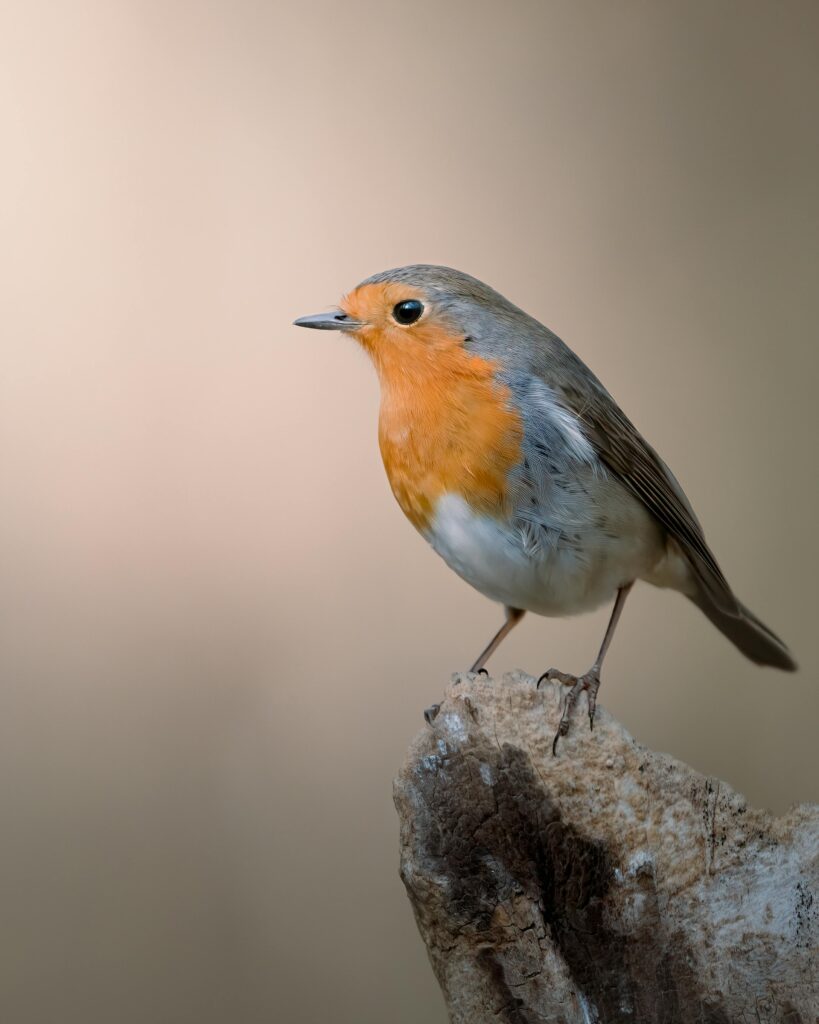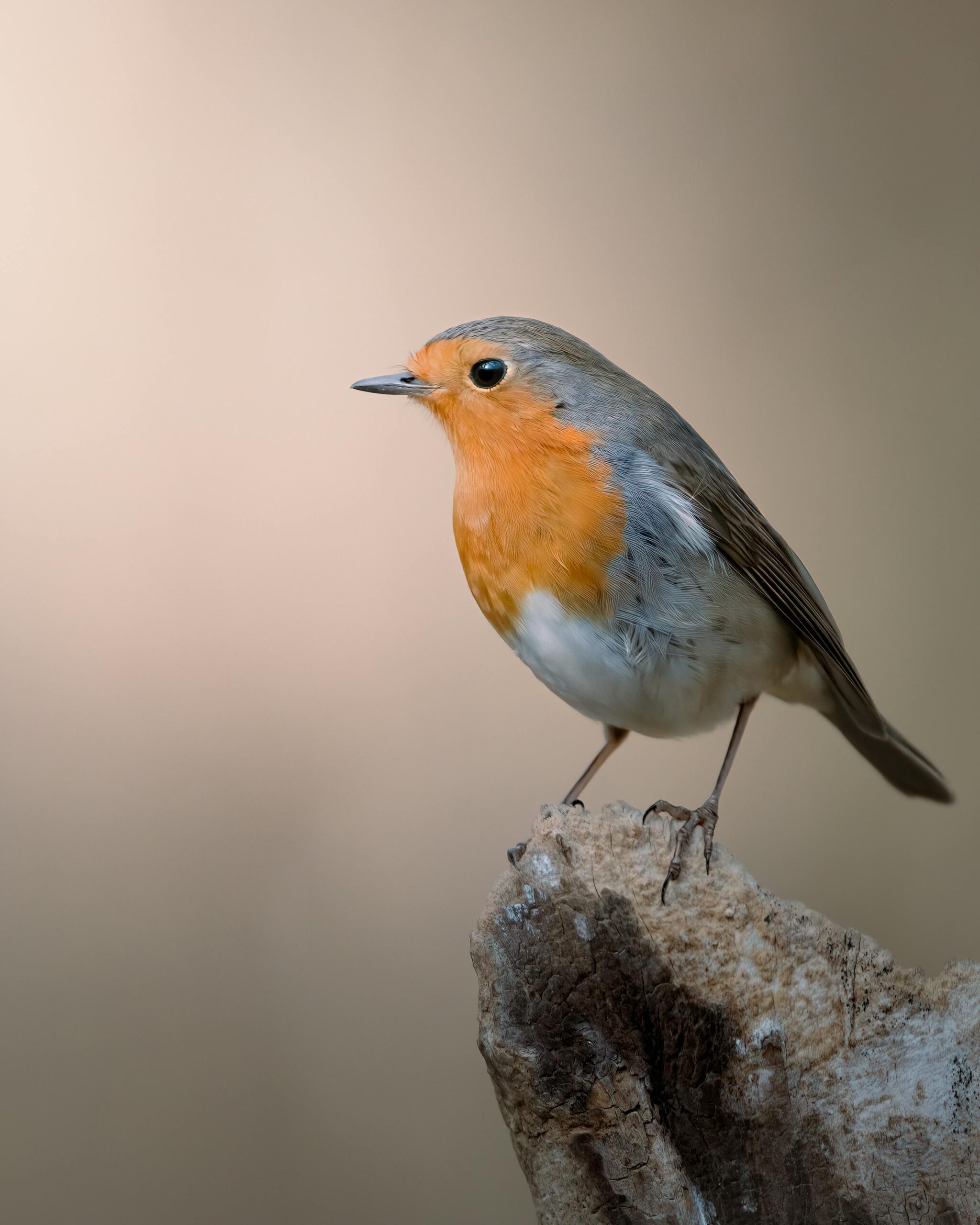If you’ve ever found yourself gazing out your window, captivated by the colourful birds fluttering about, you’re not alone. Birdwatching is a delightful hobby that connects you with nature and sharpens your observational skills. But how do you get started with identifying these feathered friends in the UK? Let’s break down the bird identification basics to help you become a confident birdwatcher in no time.
Understanding Bird Identification
Bird identification is all about learning to recognize different species by their distinct features and behaviors. While it might seem overwhelming at first, breaking it down into key aspects can make it much easier. Here are some fundamental elements to focus on:

1. Size and Shape
- Overall Size: Compare the bird to something familiar, like a robin or a pigeon. Is it smaller, about the same size, or larger?
- Body Shape: Notice the bird’s proportions. Is it slender or stocky? Long-legged or short-legged?
2. Colour Patterns
- Plumage Colours: Look for dominant colours and any distinctive markings. Does it have a colourful breast, a patterned head, or unique wing markings?
- Seasonal Changes: Some birds change colour with the seasons, so keep that in mind when identifying them.
3. Behaviour and Habitat
- Movement Patterns: Observe how the bird moves. Does it hop, walk, or glide? Is it alone or in a group?
- Feeding Habits: Note what the bird is eating. Does it peck at the ground, catch insects in the air, or dive for fish?
- Preferred Habitat: Consider where you’re seeing the bird. Is it in a forest, near water, or in your garden?
4. Vocalisations
- Songs and Calls: Many birds have distinctive songs and calls. Listening carefully can help you identify them even if you can’t see them clearly.
- Time of Day: Birds often sing at specific times, like dawn or dusk. Keep your ears open for these vocal cues.
Tools for Bird Identification
Getting the right tools can make bird identification much easier and more enjoyable. Here are a few essentials:
- Field Guide: A good field guide is invaluable. It should have clear pictures and descriptions of birds you’re likely to see in the UK. Consider guides specific to your region for the best results.
- Binoculars: Investing in a decent pair of binoculars can greatly enhance your birdwatching experience. Look for ones that are lightweight and have good magnification.
- Bird Identification Apps: There are several apps available that can help you identify birds by photos, sounds, and more. Popular apps include Merlin Bird ID and Collins Bird Guide.
Tips for Successful Birdwatching
Start Close to Home
Your garden or local park is a great place to start your birdwatching journey. You’ll become familiar with common birds and hone your identification skills without needing to travel far.
Be Patient and Observant
Birdwatching requires patience and keen observation. Take your time, watch quietly, and try not to disturb the birds. The more you practice, the better you’ll become at noticing subtle details.
Keep a Birdwatching Journal
Keeping a journal of your observations can be both fun and educational. Note the species you identify, where you saw them, and any interesting behaviours. Over time, you’ll build a valuable record of your birdwatching adventures.
Join a Birdwatching Group
Joining a local birdwatching group or community can be a great way to learn from experienced birders and discover new spots to explore. Many groups offer guided walks and educational resources to help beginners.
Common UK Birds to Practice Identifying
Here are a few common birds you might encounter, perfect for practicing your identification skills:
- European Robin: Look for its orange-red breast and listen for its melodious song.
- House Sparrow: Note its chunky shape and the black bib on males.
- Blue Tit: Spot its bright blue and yellow feathers and its energetic movements.
- Great Tit: Identify it by its black head and yellow breast, often seen in gardens.
- Blackbird: Recognize it by its glossy black feathers and rich, flute-like song.
Conclusion: Embrace the Adventure of Bird Identification
Bird identification is a rewarding and engaging hobby that brings you closer to nature. By focusing on key features and practicing regularly, you’ll soon become adept at recognizing a variety of birds. Whether you’re watching from your garden or exploring new habitats, each birdwatching experience is an opportunity to learn and connect with the natural world.
Ready to start your birdwatching journey? Grab your binoculars, field guide, and a sense of curiosity, and head outside to explore the fascinating world of birds.
For more resources on bird identification and birdwatching tips, check out the RSPB and the British Trust for Ornithology websites.

